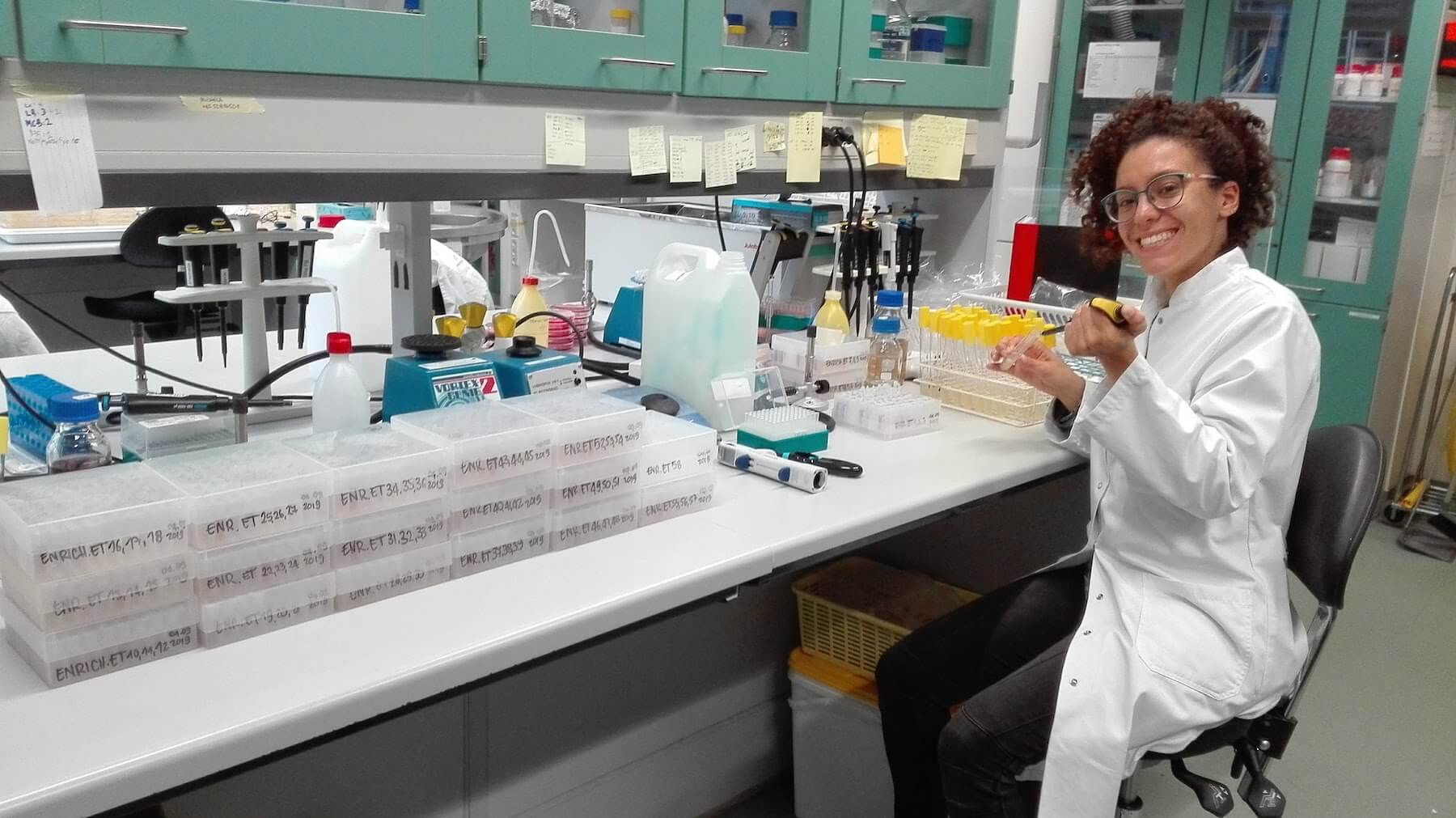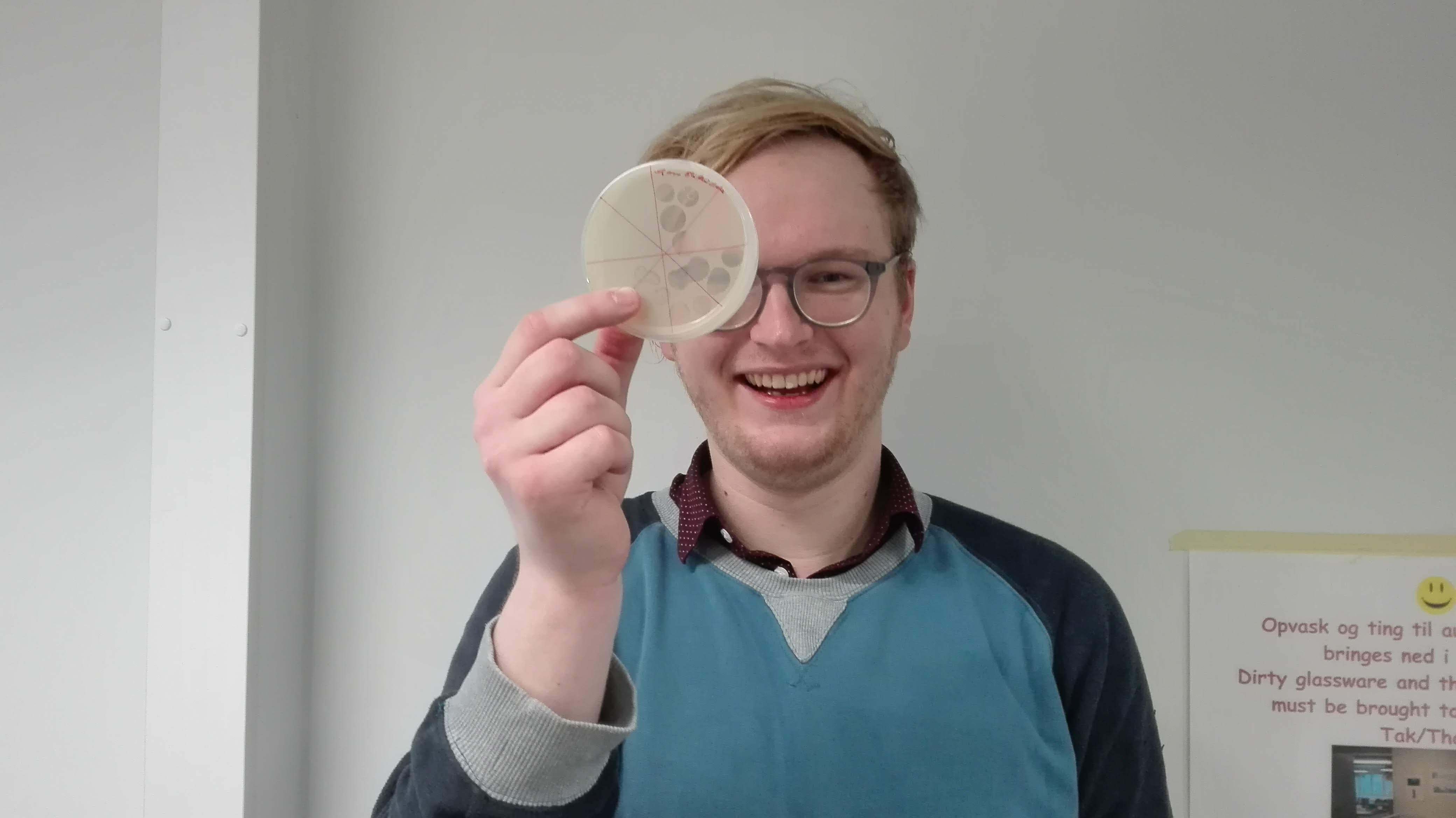The importance of being a pig in Denmark
Copenhagen is beautiful during Christmas time. The lights, the smell of cinnamon and caramelized almond, the Christmas songs at the market. Danes are very proud of their Christmas traditions, and as an Italian expat in Denmark, my main interest has always been food. Flaskesteg is considered one of the principal national dishes: a joint of pork with a crunchy crust, served with baked potatoes and thick brown sauce…delicious!
Pork is not only a pillar of Christmas traditions, but its production permeates Danish culture deeply. Denmark is one of the most important countries for pork export and some say that in this tiny country there may be more pigs than people. For such a large production, investments are huge and the growing consensus for animal welfare pushes this industry to look for innovative and economically sustainable solutions.
SOS: alternatives to zinc oxide for the biocontrol of post-weaning diarrhea
One of the main issues hitting pork production in Denmark is post-weaning diarrhea. The disease results from many factors, but the main cause seems to be a special pathotype of Escherichia coli, called enterotoxigenic E. coli (ETEC). Once they enter the piglet’s gut, ETEC have specific appendages to bind to the gut cells and they release toxins that cause diarrhea. So far, the use of zinc oxide has limited the spread and infection of these ETEC, with a bearable economic loss for pig industry. Unfortunately, zinc oxide has been correlated with the transfer of antibiotic resistance genes and has a detrimental effect on the environment. For these reasons, it has been banned from Europe in pork production by 2022. The fear is that by removing zinc oxide, ETEC will spread, and no alternatives are available on the market!
A treasure hunt for phages infecting ETEC
In our group (PHAGEBio), we are huge phage supporters! Maybe we are a bit naïve thinking that all problems can be solved with phages, but killing ETEC with phages has not been a completely crazy idea, since we convinced the funding agency Innovation Fund Denmark (BioPIGLET project) and then Europe (AVANT project) to support our research. In these two projects, we aim to formulate and take to the market a phage product against porcine ETEC.
Got the money, we celebrated (with cake, not pork) and we started working hard to find phages that could kill ETEC. I can hear you saying “Come on, ETEC are E. coli, how hard it can be to find phages?” Well, ETEC are stubborn. They are not sensitive to other phages previously isolated against E. coli, for example. With the help of many great students (Christoffer, Lene and Semeh, so far), we are screening more than 2000 enrichments to find lytic phages that could infect the ETEC strains in our collection.

Semeh is ready to screen for phages specifically infecting ETEC.
All that glitters ain’t gold
The first months of the project, we managed to isolate many phages. We were optimistic and confident that we could use many of them. Then we sequenced a bunch and we found out that 90% were temperate phages. Where are the temperate phages are coming from? Are they induced prophages from the ETEC or are they in the samples and we propagate them with the enrichments? To answer to this, we will compare the phage genomes with the genomes of 150 of the Danish and European ETEC strains that we have in our collection.

Christoffer with a phage to test against ETEC.
This treasure hunt has been challenging so far, but thanks to our enthusiastic collaborators in the phage community, we will be able to dig more into the biology of ETEC and their relationship with phages – lytic and temperate. Hopefully, we will also be able to propose a phage cocktail as an alternative to zinc oxide to save Christmas traditions in Denmark. Stay tuned!








